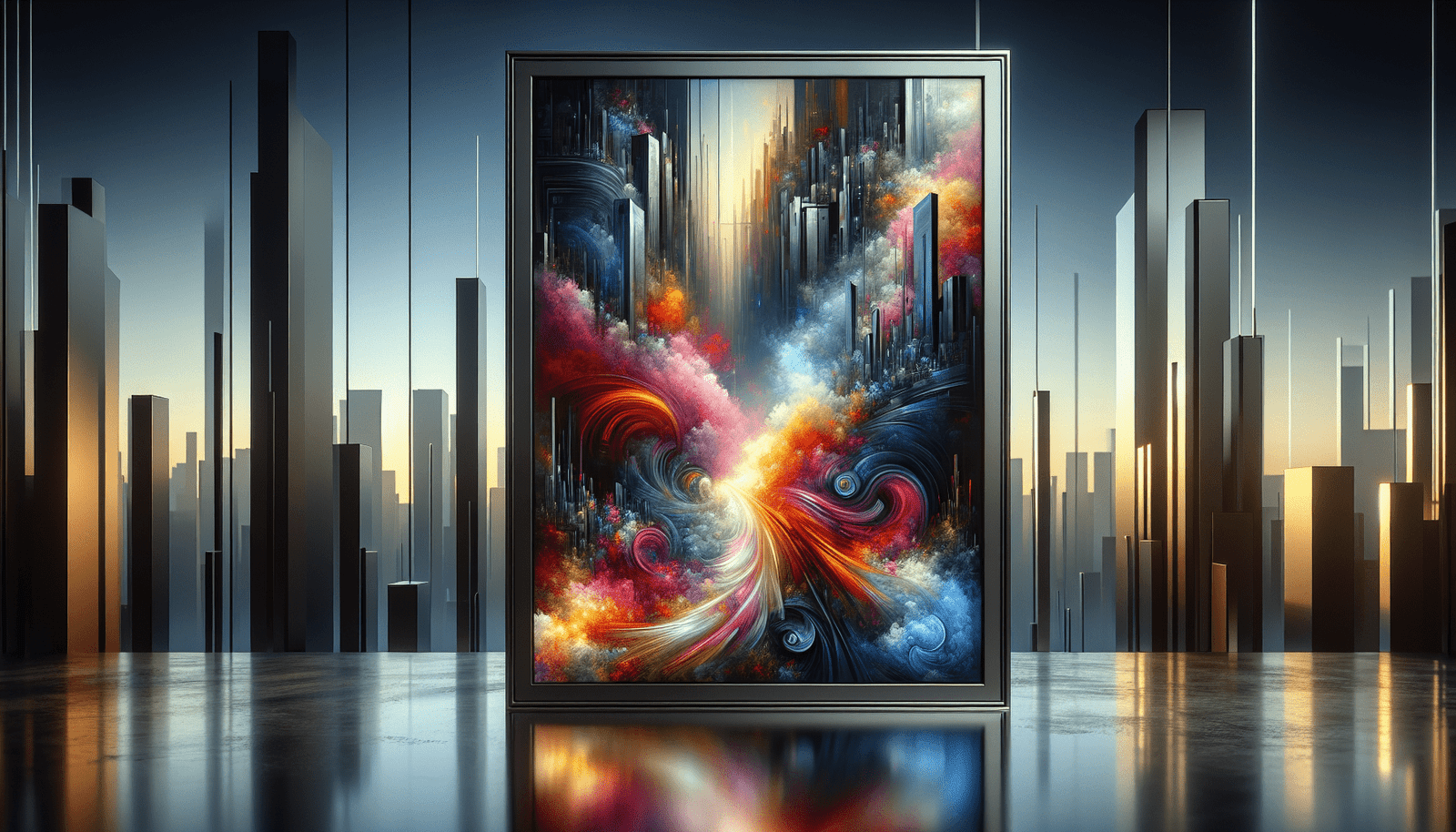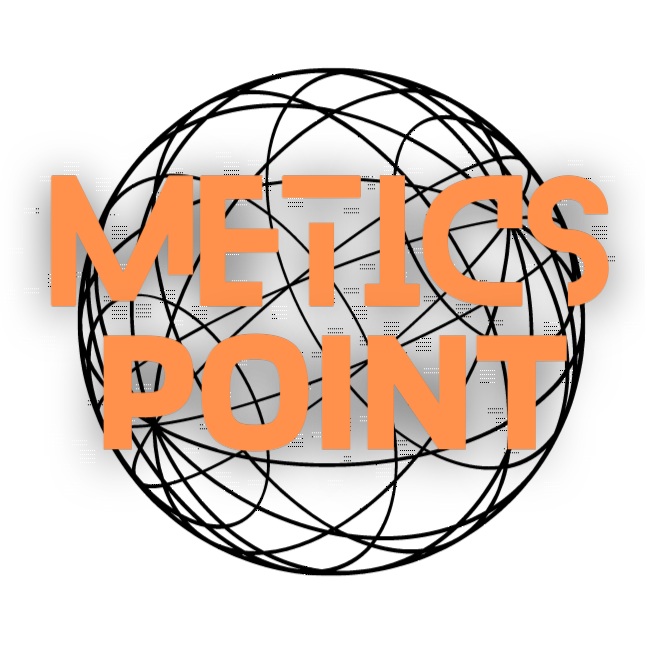The Meaning of Digital Art Ownership in the Digital Age: Can you truly own art if it’s not tangible, if it’s a digital file that exists on a hard drive or a cloud server? This question is at the heart of the debate over digital art ownership in the digital age. As technology transforms our lives, it also changes how we perceive ownership and value, especially in the realm of art. Digital art, once considered the underdog in the art world, has surged to the forefront, challenging traditional notions.

Table of Contents
Understanding Digital Art Ownership
In the digital age, the concept of ownership is evolving quickly. Digital art ownership isn’t about possessing a physical object but rather having the rights to a digital creation. This transformation prompts a discussion about what it means to own an artist’s work, largely due to innovations like Non-Fungible Tokens (NFTs), which have added layers of complexity and opportunity to digital art sales and ownership. Understanding what digital ownership entails is crucial for anyone engaging with digital art as a collector or enthusiast.
The Evolution of Ownership
The transition from traditional to digital art redefines ownership, shifting from physical possession to intellectual property rights. This shift reshapes how artists, collectors, and the public view and assign value to art. Where once holding a tangible piece of art, like a painting or sculpture, signified ownership, the digital age allows for a broader interpretation, where rights and access can be bought and sold without a physical transaction.
Historical Context: From Pixels to Prestige
Digital art has a rich yet brief history, emerging in the latter part of the 20th century and growing exponentially with technological advancements. In its infancy, digital art was met with skepticism, often seen as inferior to traditional forms. However, the tides began to change as pioneering artists embraced digital tools, gradually earning prestige.
Pioneers of Digital Expression
The journey of digital art parallels technological evolution. Early adopters were trailblazers who utilized the burgeoning capabilities of personal computers and later, sophisticated software, to create inventive works. Pioneers like Aaron Marcus and Harold Cohen pushed boundaries, illustrating that art could be crafted with pixels just as masterfully as with brushstrokes. Their efforts have laid the groundwork for the vibrant digital art scene we witness today.

Key Concepts of Digital Art Ownership
Understanding digital art ownership requires grasping several key concepts. These include the digital file, intellectual property, and most crucially, the role of NFTs. Each element contributes to the overarching framework of what it means to truly own digital art.
The Digital File
At its core, digital art ownership begins with the digital file. This file is the work itself, encompassing the data that comprises the image, sound, or experience you’re acquiring. The integrity and security of this file are paramount, holding the entire essence of the artwork. It’s more than just a JPEG or MP4; it’s the crux of your ownership.
Intellectual Property Rights
In the digital realm, possessing art is more about owning a license than the piece itself. Intellectual property laws play a significant role here, defining the boundaries of your use and reproduction. When you purchase digital art, you often acquire certain rights to use or display the artwork, but these rights can vary. It’s important to understand what your purchase entails and what it doesn’t.
The Rise of NFTs
Non-Fungible Tokens, or NFTs, have revolutionized digital art ownership by introducing a mechanism that ensures authenticity and provenance. NFTs are unique digital tokens on a blockchain that verify ownership of a specific digital asset. They provide a way to bind the tangible idea of ownership in the world of intangible digital art, making it possible to securely trade and authenticate pieces.
The Role of Blockchain in Verifying Digital Art Ownership
Blockchain technology underpins NFTs and provides a secure, transparent ledger that ensures the originality and ownership of digital art. Its decentralized nature protects ownership records from tampering, offering a new level of trust to collectors and creators alike. In the rapidly changing world of digital ownership, blockchain plays an essential role in reinforcing trust and transparency.
Building Trust in Digital Transactions
Blockchain serves as a decentralized ledger that records transactions across many computers so that the digital ledger is secure and impenetrable. This technology ensures that digital art and its ownership are irrefutable, which is essential in an era where digital files can be easily duplicated without proper governance.

The Impact of NFTs on Commercial Rights and Monetization
NFTs have paved the way for artists to monetize their work in unprecedented ways. Understanding this potential requires examining how NFTs affect the commercial rights landscape and monetization strategies for creators. This transformation influences creators, investors, and digital art enthusiasts, reshaping how art generates value.
Expanding Opportunities for Artists
With NFTs, artists can attach royalties to their work, enabling them to earn from future resales. This feature ensures ongoing revenue as the value of an art piece increases, providing artists with a sustainable model for income generation. By establishing a direct connection with collectors, NFTs empower artists to envision broader entrepreneurial strategies beyond traditional gallery sales.
Challenges in Digital Art Ownership
Despite the advantages presented by digital art ownership, particularly with the advent of NFTs, significant challenges remain. These include concerns about energy consumption, the environmental impact of cryptocurrency, and the complexities embedded in verifying authenticity.
Environmental Considerations
The energy consumption associated with NFT transactions and blockchain operations has raised environmental concerns. Solving the dilemma of digital ownership requires pursuing sustainable blockchain solutions that reduce the ecological impact. This area is continuously evolving, with new technologies striving to align digital art transactions with modern sustainability standards.
Authenticity and Reproduction Concerns
While NFTs offer authenticity checks, the digital nature of art means that reproduction remains a significant concern. Unauthorized copying and distribution can undermine an artist’s control, making it vital to implement robust systems to guard intellectual property in the digital sphere. Establishing a balance between accessibility and control remains an ongoing challenge.
Case Studies: Navigating the World of Digital Art Ownership
Examining real-world examples of digital art ownership can aid in understanding its complexities. Exploring case studies provides a deeper look into how different stakeholders navigate the unique landscape of digital ownership.
Artists and Their NFT Journeys
Many artists have pioneered NFT sales, each with distinct experiences and outcomes. From global success stories to students navigating this new territory, artists’ journeys illuminate how NFTs can shape careers, from providing financial stability to establishing a global presence. These stories highlight the importance of adapting to new models and embracing innovation.
Collectors and Their Investments
Collectors, too, have valuable insights to offer. As demonstrated by figures investing heavily in NFTs, the perspective of collectors demonstrates the evolving perception of value in digital art. Their experiences underline the importance of due diligence in an unpredictable market and the need to stay informed on technological advancements.
Future Perspectives: Embracing the Evolution
The world of digital art ownership is dynamic and ever-shifting. Therefore, it is essential to look to the future and anticipate how these changes will influence the greater art market.
Predicting Future Trends
As technology evolves, so too will the methods of creating, distributing, and owning digital art. Staying informed of emerging trends is crucial for industry professionals, collectors, and enthusiasts. Conversations around reducing environmental impact, advancing digital security, and promoting inclusivity in digital art spaces will continue to shape the future.
For Artists, Collectors, and Enthusiasts
Both the continuous development of technology and the global push for sustainability will influence how digital art is perceived and traded. For artists, staying agile and innovative will be key to thriving in a fluctuating market. Collectors will need to adapt to shifts in valuation frameworks, while enthusiasts can expect to see new artworks challenging traditional art norms.
Conclusion: Embracing New Forms of Ownership
As you navigate the evolving landscape of digital art ownership, it’s crucial to understand what ownership means in a digital world. This transformation requires embracing new technologies, adapting to change, and being open to new possibilities. Digital art is not merely a product of technology but a testament to human creativity, pushing boundaries and expanding what we consider possible in art creation and ownership. As we move forward, understanding and adapting to these changes will be essential for anyone involved in the art ecosystem.
The New Era of Digital Art Ownership: Understanding NFTs and Their Role in the Art World

